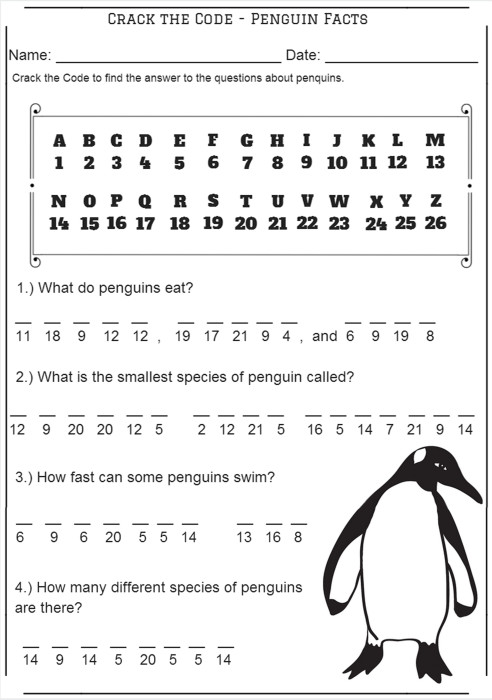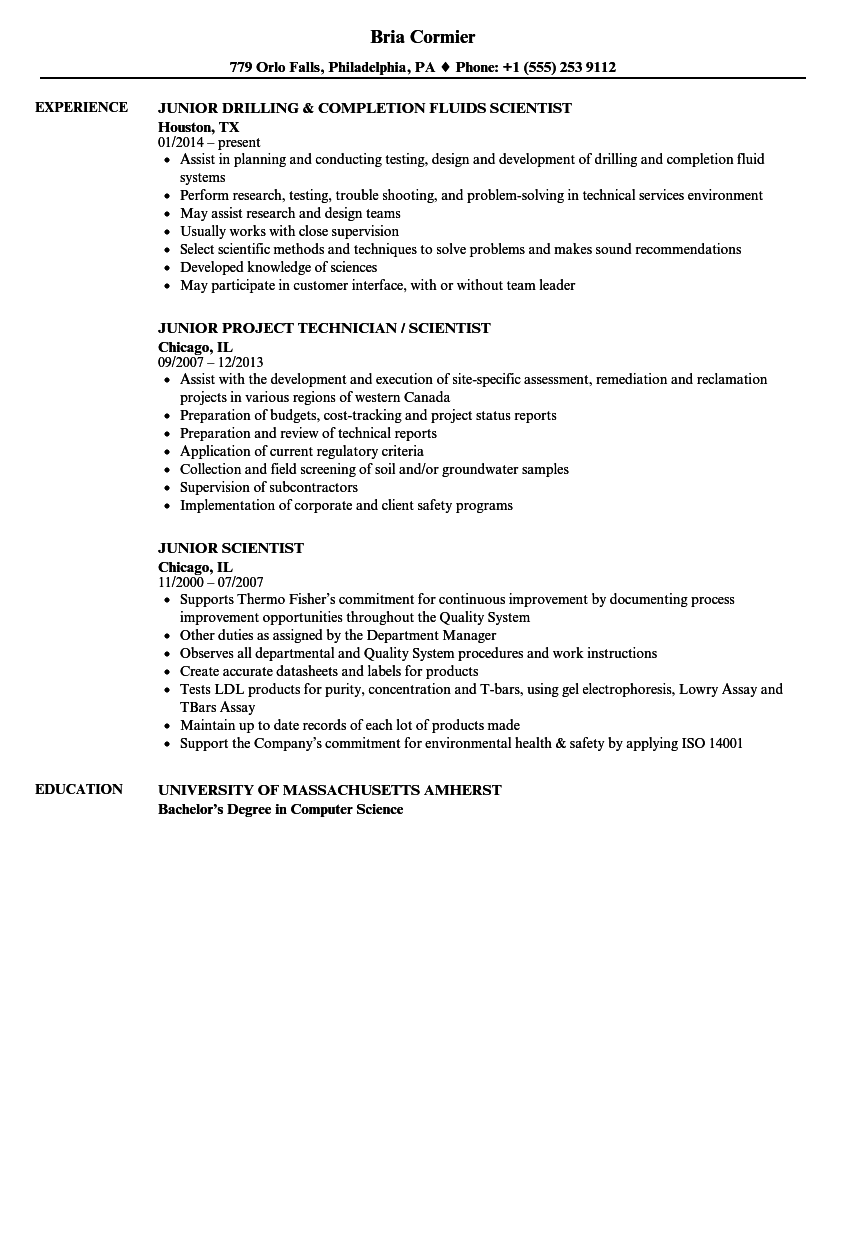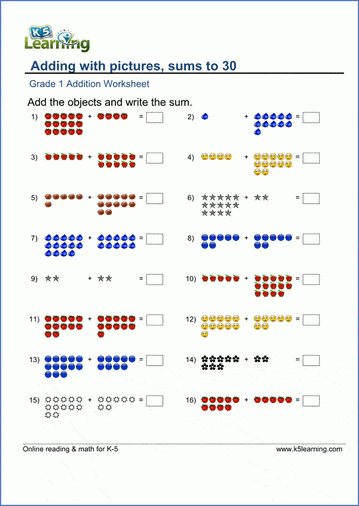Addressing this problem in a unified way, Data Clustering: Algorithms and Applications provides complete coverage of the entire area of clustering, from basic methods to more refined and complex data clustering approaches. It pays special attention to recent issues in. Research on the problem of clustering tends to be fragmented across the pattern recognition, database, data mining, and machine learning communities. Addressing this problem in a unified way, Data Clustering: Algorithms and Applications provides complete coverage of the entire area of clustering. Data clustering methods also differ for the specific algorithms used to reach a (local) minimum. A second, very popular approach to data clusteringcalled hierarchical clusteringis based on the definition of a distance between objects and clusters of objects and a very simple algorithm: Given a configuration with K 1 clusters, it merges. A culmination of the authors years of extensive research on this topic, Relational Data Clustering: Models, Algorithms, and Applications addresses the fundamentals and applications of relational data clustering. It describes theoretic models and algorithms and, through examples, shows how to. 4 Data Clustering: Algorithms and Applications (a) original data (b) 3 clusters found by 31 38 cells (c) 3 clusters found by 31 38 cells after axisshifting (d) nal clusters by combining b and c FIGURE 1. 2: Locality Example: Axisshifting gridbased clustering. Gridbased Clustering 5 kmeans clustering is a method of vector quantization, Applications. kmeans clustering is rather easy to implement and apply even on large data sets, Basic mean shift clustering algorithms maintain a set of data points the same size as the input data set. Initially, this set is copied from the input set. Research on the problem of clustering tends to be fragmented across the pattern recognition, database, data mining, and machine learning communities. Addressing Data Clustering: Theory, Algorithms, and Applications Beginning with the basics of cluster analysis, the book provides more than 50 clustering algorithms in groups according to specific baseline methodologies such as hierarchical, centerbased, and searchbased methods. Research on the problem of clustering tends to be fragmented across the pattern recognition, database, data mining, and machine learning communities. Addressing this problem in a unified way, Data Clustering: Algorithms and Applications provides complete coverage of the entire area of clustering, from basic methods to more refined and complex. Clustering algorithms can be classified into two categories: hard clustering algorithms and fuzzy clustering algorithms. centerbased clustering algorithms are more suitable for clustering large data sets and highdimensional data sets. Theory, Algorithms, and Applications Guojun Gan York University Toronto, Ontario, Canada Chaoqun Ma Hunan University Documents Similar To Clustering Theory Applications and Algorithms. Each of these algorithms belongs to one of the clustering types listed above. So that, Kmeans is an exclusive clustering algorithm, Fuzzy Cmeans is an overlapping clustering algorithm, Hierarchical clustering is obvious and lastly Mixture of Gaussian is a probabilistic clustering algorithm. We will discuss about each clustering method in the following paragraphs. Research on the problem of clustering tends to be fragmented across the pattern recognition, database, data mining, and machine learning communities. Addressing this problem in a unified way, Data Clustering: Algorithms and Applications provides complete DATA CLUSTERING Algorithmsand Applications Edited by ChamC. Reddy CRCPress TaylorFrancisCroup BocaRaton London NewYork CRCPressis animprintof the TaylorhFrancis Croup, anInforma business A CHAPMAN HALL BOOK Data Clustering. Algorithms and Applications (2014) Data Clustering Theory, Algorithms, and Applications 2007. Algorithms for Clustering Data by Jain and Dubes (1988) is a book written for the scientific community that emphasizes informal algorithms for clustering data and interpreting results. Introduction to Statistical Pattern. 1 Sparse Subspace Clustering: Algorithm, Theory, and Applications Ehsan Elhamifar, Student Member, IEEE, and Rene Vidal, Senior Member, IEEE AbstractMany realworld problems deal with collections of highdimensional data, such as images, videos, text and. Cluster Analysis in Data Mining University of Illinois at UrbanaChampaign About this course: Discover the basic concepts of cluster analysis, and then study a set of typical clustering methodologies, algorithms, and applications. With the advent of many data clustering algorithms in the recent few years and its extensive use in wide variety of applications, including image processing, computational biology, mobile communication, medicine and economics, has lead to the popularity of this algorithms. Clustering algorithm is the backbone behind the search engines. Search engines try to group similar objects in one cluster and the dissimilar objects far from each other. It provides result for the searched data according to the nearest similar object which are clustered around the data to be searched. The computational complexity of most clustering algorithms is at least linearly proportional to the size of the data set. The great advantage of gridbased clustering is its significant reduction of the computational complexity, especially for clustering very large data sets. birch: a new data clustering algorithm and its applications 145 techniques to improve CLARANSs ability to deal with very large datasets that may reside on disks by (1) clustering a sample of the dataset that is drawn from each R tree data page. Survey of Clustering Data Mining Techniques Pavel Berkhin data mining applications such as scientific data exploration, information retrieval and text mining, spatial database applications, Web analysis, CRM, marketing, computational requirements on relevant clustering algorithms. Clustering, Data and Similarity Measures: 1. Data standardization and transformation 5. Algorithms Cluster analysisdividesdata into groups (clusters) that aremeaningful, useful, Cluster analysis groups data objects based only on information found in the the better or more distinct the clustering. In many applications, the notion of a cluster is not well dened. To better Research on the problem of clustering tends to be fragmented across the pattern recognition, database, data mining, and machine learning this problem in a unified way, Data Clustering: Algorithms and Applications provides complete coverage of the entire area of clustering, from basic methods to more refined and complex data clustering approaches. Data Clustering has 4 ratings and 0 reviews. Cluster analysis is an unsupervised process that divides a set of objects into homogeneous groups. Clustering is the process of creating groups of data based on similarities between individual data points. The developed theoretical methods will be used in applications where clustering algorithms are critical and the input data is extremely large. Data clustering: algorithms and applications [edited by Charu C. (Chapman HallCRC data mining and knowledge discovery series) Includes bibliographical references and index. candidate in the Department of Mathematics and Statistics at York University, Ontario, Canada. His research interests include data mining and data clustering, and he is the coauthor of algorithms for clustering categorical data and for subspaceprojective clustering of. Clustering data into subsets is an important task for many data science applications. It is considered as one of the most important unsupervised learning technique. Data clustering: algorithms and applications. [Charu C Aggarwal; Chandan K Reddy; Clustering is a diverse topic, and the underlying algorithms depend greatly on the data domain and problem scenario. This book focuses on three primary aspects of. Addressing this disadvantage in a unified technique, Data Clustering: Algorithms and Applications provides full protection of your full area of clustering, from main methods to additional refined and difficult data clustering approaches. The criteria and algorithms are described and illustrated on simulated and real data. Chapter 3 considers coclustering as a modelbased coclustering. A latent block model is defined for different kinds of data. Applications of Suitable Data Mining Techniques. Evaluation and Application of Results. Discovery of relationships and patterns are the key results of Clustering Algorithms in Data Mining In this paper, the author(s) present the comparison of data mining algorithms Contents Preface xxi Editor Biographies xxiii Contributors xxv 1 An Introduction to Cluster Analysis 1 Charu C. 2 A Survey of Clustering Algorithms for Graph Data 277 proach [5 can be used in order to summarize the structural behavior of the underlying graph. Graph Clustering Algorithms: In this case, we have a (possibly large) number of graphs which need to be clustered based on their underlying Big data and clustering algorithms Abstract: Data mining is the method which is useful for extracting useful information and data is extorted, but the classical data mining approaches cannot be directly used for big data due to their absolute complexity. Addressing this problem in a unified way, Data Clustering: Algorithms and Applications provides complete coverage of the entire area of clustering, from basic methods to more refined and complex data clustering approaches. It pays special attention to recent issues in. Clustering analysis is broadly used in many applications such as market research, pattern recognition, data analysis, and image processing. Bibliographic content of Data Clustering: Algorithms and Applications Data Clustering: Algorithms and Applications by Charu C. Aggarwal Research on the problem of clustering tends to be fragmented across the pattern recognition, database, data mining, and machine learning communities. Applications of Cluster Analysis Clustering analysis is broadly used in many applications such as market research, pattern recognition, data analysis, and image processing. Some algorithms are sensitive to such data and may lead to poor quality clusters. The book also provides examples of clustering applications to illustrate the advantages and shortcomings of different clustering architectures and algorithms. Application areas include pattern recognition, artificial intelligence, information technology. This is an edited book on data clustering. The set of chapters, the individual authors and the material in each chapters are carefully constructed so as to cover the area of clustering comprehensively with uptodate surveys. Each chapter contains carefully organized material, which includes.











